Hergoambiente, waste bin speaking
Focus
Focus
Category Facet
Custom Facet
Search Results
-
Web Content Article · written-by Palvi Andrea Tonziello on-date Aug 4, 2020 5:25 PM
An investment of Euro 37 million. A plant that disposes of 100 thousand tonnes of organic waste produced by separate waste collection and another 35 thousand tonnes coming from green waste and...
circulareconomy Categoria Progetto: Heratech Project Innovation -
Web Content Article on-date Aug 4, 2020 4:19 PM
The ultrasound hydrolysis system, installed in the Forlì treatment plant, makes the life cycle of wastewater sludge circular. The result: less sludge to dispose of, and more biogas produced.
circulareconomy Categoria Progetto: Circular Economy Water Project Innovation -
Web Content Article on-date Aug 4, 2020 4:07 PM
We have installed a turbo expander at the R&M stations of Ducati's factory in Bologna. The goal is to recover electricity from the decompression process of methane gas.
circulareconomy Categoria Progetto: Innovation Energy Efficiency -
Web Content Article on-date Aug 4, 2020 3:28 PM
To obtain clean energy to power Ravenna's buses by decomposing waste in landfills.
circulareconomy Categoria Progetto: Innovation Circular Economy
Asset Publisher
Our 300,000 waste bins are talking. How? Thanks to a "tag" that always tells us where they are, how they are working and if they have been emptied. Find out more about the projects of HergoAmbiente, Hera Group's "smart" system to support waste management services.
What would a waste bin say if it could talk? Probably incredible stories of extraordinary everyday life. But above all, it could tell us some practical information: where it is, if it has been damaged and if the time has come to be emptied. We thought it was impossible to make our waste bins talk. But nothing is impossible when you want to provide a useful service to your local area.
Thanks to HergoAmbiente, the "intelligent" system designed and implemented by the Hera Group to support waste collection and street cleaning, we "tagged" each of the 300 thousand bins of our network, giving them a first name, a last name and a voice. By doing so, we can always be updated in real-time on any information concerning them, from where they are to how they are working, and when they were last emptied.
With Hera, it's not just the waste bins talking. Thanks to HergoAmbiente's dedicated technologies and cutting-edge IT systems, we have also assigned a unique identity to all other assets, including vehicles, drop-off points, and plants, to locate them in space, organise their activities over time and evaluate the quality of the services we provide.
It is an extraordinary opportunity at the service of local communities. HergoAmbiente thinks and works as a network, i.e. a network of people and devices interconnected with each other, able to govern all the processes through which its waste management services work: design, planning, operational planning, reporting management, field execution, reporting and... redesigning services, because the data analysis can always help to define and achieve new customized objectives.
What's our objective? To improve the quality, effectiveness and efficiency of services for the local area, optimising resources and ensuring real-time traceability of the waste we collect. A project, in short, the initiatives of which are part of the Hera Group's Utilities 4.0 plan, which is being extended every year with new ideas: in 2019, as part of the cassONetto Smarty smart waste bin project, we developed the innovative functionality that enables citizens to open the electronic waste disposal device using the "The Wasteologist" app, with NFC (Near Field Communication), without using their card.
In its waste management services, HergoAmbiente exponentially increases the value of available information by blending the contexts they are located in, geo-referencing them, connecting them together, and transforming them into a treasure trove of knowledge which can be promptly used to continuously improve the service provided to citizens. With a drastic reduction in data entry and data transmission errors. Thanks to HergoAmbiente, in fact, it is possible to: With HergoAmbiente it is now possible to know the real position of the bins in the local area, to know if they have already been emptied and when.
Search Bar
Tag Facet
Search Results
Asset Publisher

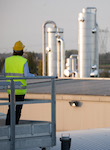

.jpg/468d051b-ba80-83a6-359d-7ef55eefd940)
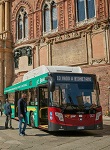
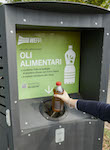
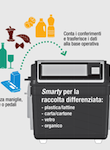


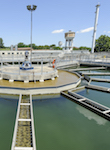
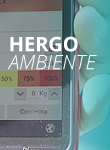
.jpeg/1d0e0770-1094-b22b-fce4-099f27c72978)